Bottom line up front:
- “Cardio” is not what you think it is.
- Everyone is doing it wrong and for the wrong reasons
- Understanding the truth will take your training to new heights
Everyone has heard about “cardio” but few know what it means or why you train it. Of those who do know why, they don’t know how. The result is tens of thousands of articles and videos littering the internet that are completely false. Because the Spotter Up and RIKR Defence communities are interested in the truth first, allow me to set the record straight once and for all.
What is “Cardio”?
Simply put, “cardio” is short for “cardiovascular exercise”. After this, definitions in popular culture are murky at best. This forces us to turn to medicine for answers. The word cardiovascular refers to the heart and blood vessels. Exercise of course refers to physical activity intended to improve physical fitness. We will do another article on that murky subject soon enough. For now, understand that medically speaking, cardiovascular exercise is exercise intended to improve the capacity of the cardiovascular system. To understand what that actually means, we have to peel back the layers on the exact adaptations we are trying to stimulate.
What is Cardiovascular Capacity?
Cardiovascular capacity refers to the total volume of the cardiovascular system and the volume of blood it can distribute per minute. This is extremely critical to understand because this is exactly what most “cardio” sessions are not doing.
To better understand what is going on, here are some numbers you need to know and understand regarding the adaptation potential of the cardiovascular system.
- Stroke Volume. This is the amount of blood the heart pumps every time it contracts. The average person will pump approximately 80ml per beat/stroke. When exercising, the heart muscle stretches and for an untrained person the stroke volume can hit up to 120ml per beat. However, in the properly trained person that increases to approximately 200ml. This is an approximate doubling of the amount of blood circulated per beat.
- Cardiac Output: This increase in stroke volume obviously increases the amount of blood pumped per minute. At rest, normal cardiac output is 4-5L per minute (LPM). For the average untrained person, it can reach up to 20LPM during exercise. Properly trained athletes are capable of 35LPM. Remember that breathing and heart rate are determined by the pH levels of our blood. We maintain our blood pH by scrubbing out CO2 via the lungs. The more blood we can get to the lungs w=per minute, the better we are at maintaining a proper blood pH level.
- Capillary Beds: Properly programmed exercise can increase the amount of capillaries in the muscle by 15%, thus making it necessary to have more blood.
- Blood Volume: Properly programmed exercise will stimulate an increase in total blood volume of up to 25%. Interestingly, most of this is plasma and not red blood cells. This fact backs up the fact that true oxygen debt doesn’t exist.
There you have it! The above adaptations are what causes an increase in cardiovascular capacity. But there’s more to the story.
How do you train for cardiovascular capacity?
Now things are going to get uncomfortable for a lot of people. The training you perform to improve cardiovascular capacity must be aerobic in nature. That means, the primary energy system used must be the aerobic system. But it’s even more restrictive than that. In order to get these effects and avoid developing medical conditions like concentric hypertrophy, you must keep that exercise intensity below your lactate threshold. Technically speaking this is the intensity where the amount of lactate in the blood hits 4mmol/liter. For most people this will be close to 80% of their Karvonen maximum training heart rate. The Soviets used to just draw a line at 150bpm which appears to be a superior long term strategy. But why is this so important?
You must understand that as your intensity increases (speed, load or both), the muscle contractions occlude blood vessels and raise blood pressure. For example, the average healthy blood pressure is 120/80. But in professional weightlifters, blood pressure spikes of 450/320 have been recorded! When the heart has to work against resistance, it adapts and not the way we want it to. The heart is a muscle and a muscle under high resistance increases in size. In this case, when the heart rate climbs into the lactate zone, the blood pressure increases and the heart will adapt by increasing the ventricular wall thickness. This is deadly and kills many athletes every year. If the heart rate remains in the aerobic zone, the ventricular wall thickens slightly, but it also stretches. This is called eccentric hypertrophy and it increases the ability of the ventricle to expand from 120ml to 200ml. This is exactly what we want. This same training also allows new capillary beds to grow and for blood volume to increase. The end result is that our bodies can move a lot more acidic blood to the lungs with every beat. Therefore, because blood pH is being managed, our resting heart rate decreases. The reason is simple, stroke volume multiplied by stroke rate equals cardiac output. If we can move the same amount of blood and manage pH with fewer beats per minute, that’s what our bodies do. The heart rate of well-trained athletes is often anywhere from 28-40bpm. That’s half that of the untrained average person because they are able to move twice as much blood. Pretty cool!
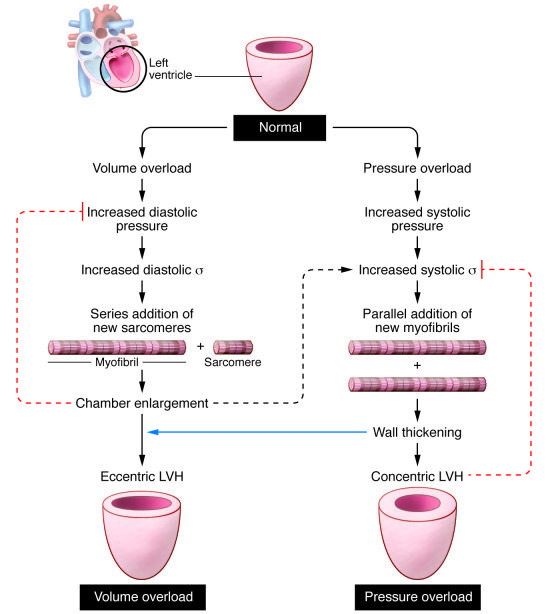
Why do people do “cardio” in the gym today?
There are two answers. It is useful to understand the source and evolution of dumb ideas to grasp the current situation. The first reason led to the second. That reason was the fact that professional bodybuilders have always insisted that you need to do cardiovascular exercise. In the old days that had much to do with the fact that most bodybuilders were actual athletes, especially wrestlers in the early days. As steroids hit the scene, the need to perform true cardiovascular exercise was realized. It turns out that when you’re carrying more muscle mass than you were ever intended to, the body is in desperate need of efficiency everywhere it can get it. It also needs the cardiovascular capacity just to circulate all the extra blood that comes with the mass. Pro bodybuilders like Jay Cutler perform two hours per day of strict aerobic locomotion just to keep their steroid fueled gains!
That brings us to the general fitness community and the “fitness industry”. They grew out of the bodybuilding scene and accordingly they brought all of the conventional wisdom handed down from bodybuilding. It is important to understand this. Much of the reason is that the actual goals of the general fitness community are different from bodybuilding. In bodybuilding the objective is symmetrical muscle mass development. In the general fitness community, the primary objective is fat loss. The two communities intersect at fat loss and “cardio”. Bodybuilders still use additional cardiovascular exercise to lose body fat during their cutting phase in preparation for a contest. The reason is simple. It turns out that locomotion based exercise like running burns at least twice as many calories per hour as intense weight training. As bodybuilders diet down they also increase the total amount of daily activity simply to create a caloric deficit.
This carried over into the general fitness community because of course, those folks are primarily interested in fat loss in the first place. Things went sideways at this point and they are only getting worse. The geniuses in the fitness industry all signed up for the idea that if one of something is good, then ten has to be better. Thus, “cardio” morphed into any leg based cyclic exercise smoke session that a child could write out in crayon. I see at least five of these headlines per day in my social media threads advocating all sorts of garbage from sprint-till-you collapse to lactic acid tolerance training (LATT) to some Instagram girl’s thigh burning ‘cardio pump.’ The general idea is that if running at 5mph burns 650 calories per hour and running 11mph burns 1400 calories an hour, then run faster. Just crank up the speed, the load, the intensity and do it till you drop! Of course, no one bothered to mention that you can’t do these thing for a full hour. In fact, you can generally do them for far less time, which means you induce huge amounts of fatigue and burn less total calories.
When a few enterprising folks figured that out they decided to go one of two routes. First, intervals so you could do more work per hour by spreading it out. Second, to go to such intensity levels that you would literally collapse. The prime example is this constant obsession with the Tabata protocol. Let me just say that no one is actually doing this correctly and even the original study was nothing more than an experiment that most pro athletes could not complete due to the massive levels of fatigue. This sort of thinking has spawned some truly horrific concepts like Orange Theory who advertise that clients will burn 1000 calories per hour. This is completely insane but will be covered in an article about fatigue. Suffice it to say, this is a truly terrible idea from every angle.
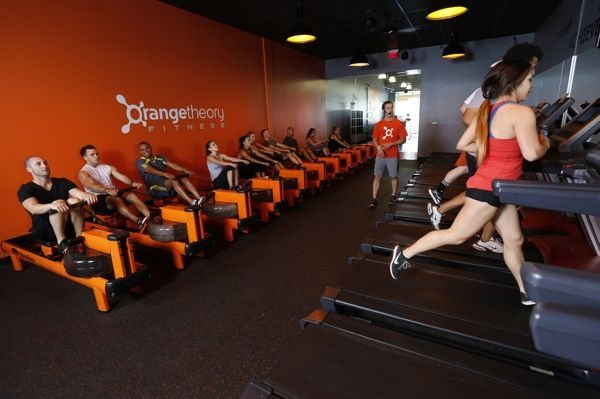
All this has occurred and all but the pro bodybuilders have forgotten what cardio is in the first place. It’s a discouraging situation to say the least.
How to actually train cardio
This subject just gets more and more interesting as we shift gears and focus on training cardio in the first place. Here we must examine the bodybuilding and general fitness communities and what they are doing.
Pro bodybuilders are still doing traditional pure aerobic exercise specifically to encourage eccentric hypertrophy of the heart. This is also true for those few in the general fitness community that got good guidance. There is a caveat here. These folks are doing any cyclic exercise they can find to elevate their heart rate to between 120-150bpm. This will effectively stimulate eccentric hypertrophy of the heart. But how much carryover does that have for real world performance? The answer is some but not much. Why is that? If we’re moving more blood because we have increased cardiovascular capacity, then haven’t we improved our performance ability for all activity?
It turns out the answer is, no. Famous sports scientist Dr. Mel Siff points out the following:
“…recent research indicates that an increase in endurance is associated more with enhancing the ability of the muscles to utilize a higher percentage of the oxygen already in the blood than with increasing the amount of oxygen in the bloodstream and improving the oxygen supply to the working muscle (Ekblom, 1969; Rowell, 1971; Saltin, 1974). Consequently, it is not simply the magnitude of VO2 max that determines endurance, but intramuscular factors which facilitate adaptation of the muscles to prolonged intense work…. Thus, the development of endurance is associated with functional specialization of the skeletal muscles, particularly the enhancement of their strength and oxidative qualities, rather than improvement of cardiorespiratory ability.” (Siff, Mel. 2000. Supertraining. p. 248)
What this means is that if you use a rower and a stationary bike to do your cardiovascular training, you’re not prepping for running. When you go for a run, your muscles will be like a couple of big dirty diesel engines belching smoke and getting terrible mileage. The metabolic inefficiency of the muscles in that motor pattern largely or completely cancels the cardiovascular capacity improvements. Thus, it is absolutely critical to understand that cardiovascular exercise is specific to training the heart and not a specific activity like running. It is a tool used by bodybuilders and the general fitness community and has no place in performance training for athletes or soldiers.
This brings us to what athletes and soldiers are to do. It must be understood that cardiovascular capacity is always an objective of a soldier or athlete’s training. However, it is slightly more complex because it must be matched with the actual sport or activity required in combat or competition. In this manner, the muscle tissues and the biochemical processes adapt to become vastly more efficient at utilizing energy and produce far less waste. When that is combined with proper cardiovascular capacity improvements, true performance enhancement is realized. Therefore, soldiers must never perform “cardio”. They must ruck march, walk, run and negotiate obstacles in the proper heart rate zone and follow tried and true methods of progression from the professional running and triathlon communities. Chief among those is that one must always develop the ability to go the distance before attempting to increase load. Load is resistance (weight), speed, incline or all of the above.
I hope this has helped you to understand the cold hard truth about “cardio” and enabled you to make the necessary adjustments to your training.
POSTSCRIPT: The SAID Principle is king. SAID stands for Specific Adaptation to Imposed Demand. This postscript is to simply point out an inconvenient truth that revolves around the SAID Principle. Specifically the fact that many people think that running is useful in preparing you for ruck marching. However, because the metabolic impact, loading and biomechanics are significantly different, the truth is that while helpful to a small generalized extent, running has very little carryover. When you perform specific ruck march training modeled on proper run training the results are vastly superior and the injury rate is nonexistent. But that’s another subject for another installment.

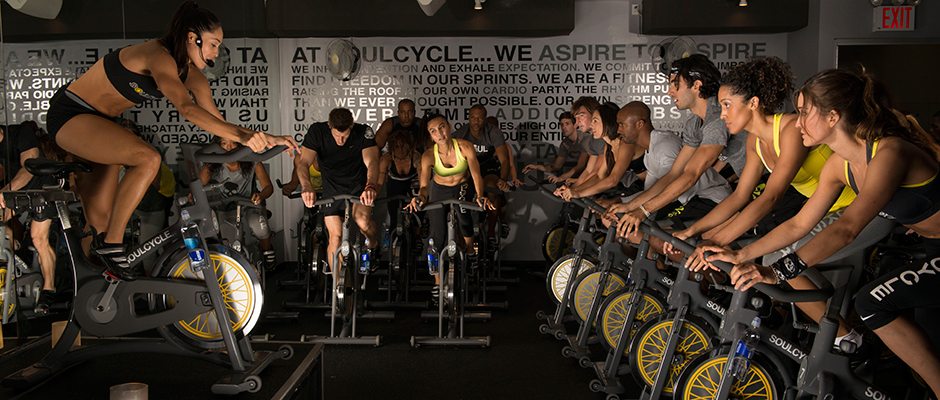
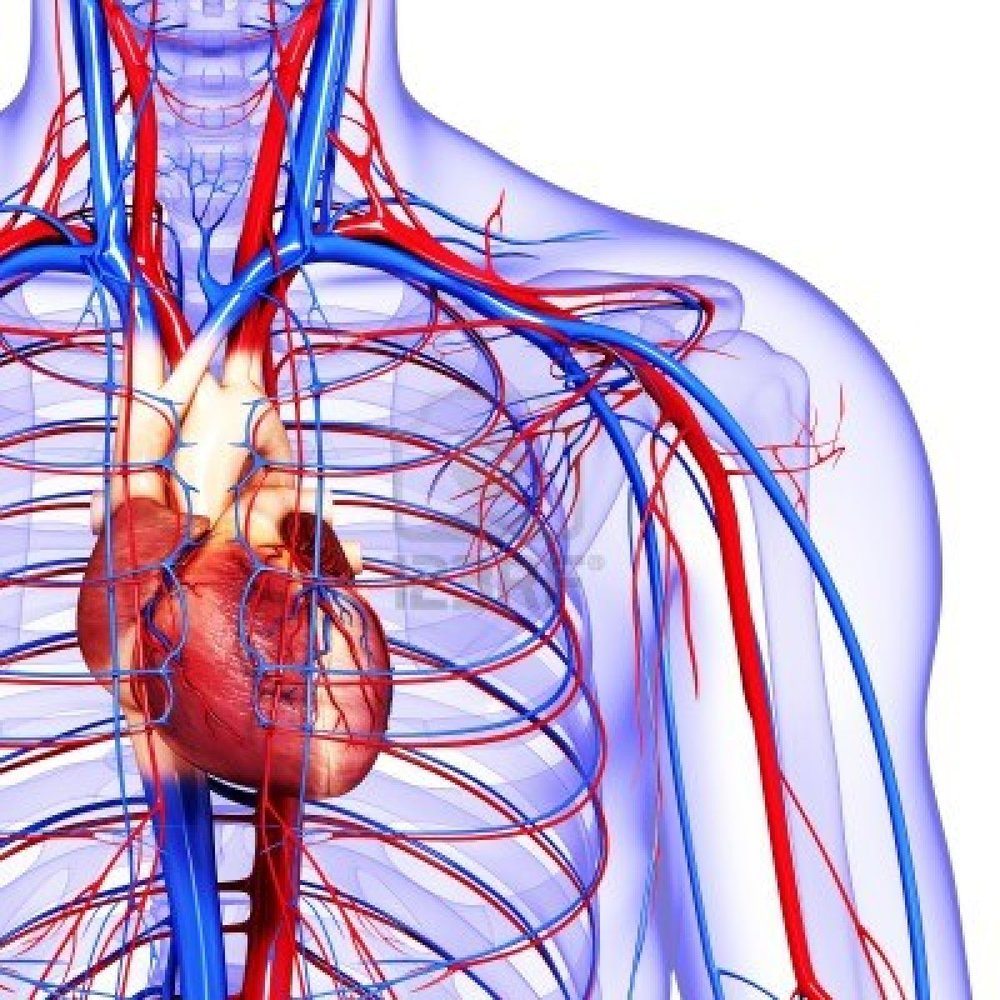
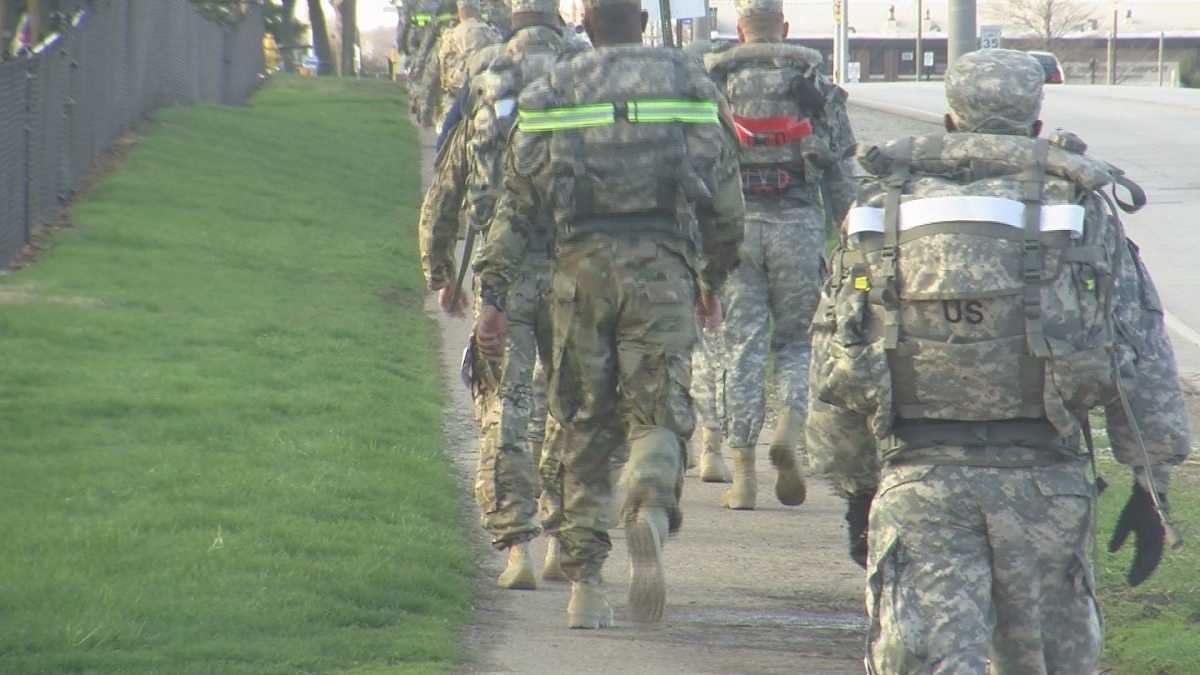
I’ve read your article about speed and running standards. What’s the point of having running standards if it’s practically useless? Should soldiers run 5k with 16kg in 20 minutes as you stated or should they not run distance at all? Especially since soldiers in the field ruck instead of run. I am now confused. I would appreciate your response.